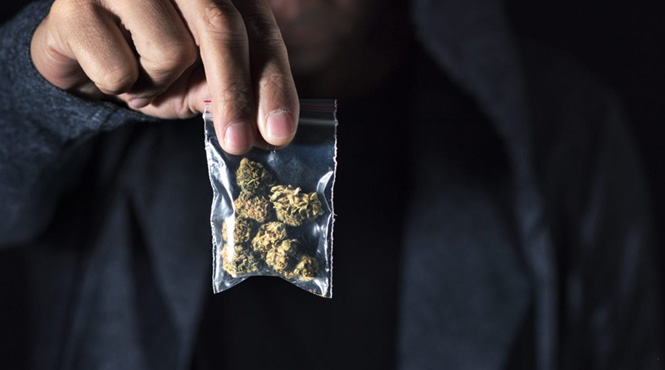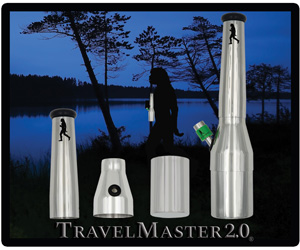Black Market

Aug, 2022 by Cannabiz Wholesaler
For a lot of businesses – cannabis among them – the ugliest phrase in the English language may be “black market.”
But the black market in cannabis continues to thrive.
Indeed, it remains a problem from coast to coast. California Governor Gavin Newsom’s recent budget proposal set aside $150 million to reduce cannabis taxes. He said in a statement to the media that the temporary reduction will help aid small cannabis business owners, and also curb illegal sales. “This is (the) beginning of a process from my humble perspective, in terms of my thinking. This will be a multi-year process to get that black market, get it on the retreat — not the ascendancy — and to get the retail and responsible adult-use market on steady ground.”
Newsom’s office explained that the goal of the initiative is “addressing the persistent issue that is exactly what we anticipated would be a persistent issue — and that’s dealing with the black market, going after the illegal growers and the illegal operators.”
Also in California, officials recently launched a new resource that provides an interactive map showing where marijuana businesses are permitted — and where they are blocked from opening — throughout the state.
“The tool draws attention to the fact that more than half of the state’s cities and counties do not allow any type of cannabis licensees to operate in their area, which advocates say is a problem that has allowed the illicit market to thrive despite voter-approved legalization,” reported marijuanamoment.net.
“This data helps Californians understand the work we have ahead of us in realizing the promises of cannabis legalization, including supporting access to a safe, legal, and equitable cannabis market across the state and combating the unregulated, illicit market,” DCC Director Nicole Elliott said in a release.
In a piece titled Cannabis Black Market Thrives Despite Legalization, Rutgers University’s Center of Alcohol & Substance Use Studies, the school quoted the ACLU as saying that “It’s time to end the War on Marijuana.”
Added the school, “… a black market designed to facilitate the sale of an illegal substance should dissipate as that substance becomes legalized. This destruction of the illegal marijuana market makes logical sense – so much so that it became one of the primary arguments used by pro-legalization politicians to promote the drug. So now, years after the first legalization of recreational cannabis in 2012, the illegal markets should be fading into obscurity. But many attentive residents of legalized states know that this promise hasn’t panned out. Cannabis’ illegal market is anything but dying; in some cases, it’s more active than it has been in years.”
Barriers that Encourage
A new report in the Journal of Studies on Alcohol and Drugs suggests that higher prices and inconvenience associated with legal sources may be barriers that encourage consumers to seek out illegal providers instead.
For their research, investigators at the University of Waterloo in Ontario, Canada looked at data from the 2019-2020 International Cannabis Policy Study, according to a release. Participants reported how much of the marijuana they used in the past 12 months had been purchased legally. If respondents entered a value less than 100%, they were prompted to choose from a list of reasons for purchasing illegal cannabis.
"Legal sources had higher prices" was the number-one answer in Canada in both years (35.9% in 2019, 34.6% in 2020) as well as in the United State (27.3% in 2019, 26.7% in 2020), the Journal noted. Convenience (both "legal sources were less convenient" and "legal stores were too far away/there are none where I live") was high on the list as well, with the percentage of respondents who named these as reasons ranging from 10.6% to 19.8%.
Other possible reasons — such as low quality, the desire to stay anonymous, delivery speed and loyalty to a dealer — were selected less frequently as factors in choosing a purchase option.
"We also observed differences across jurisdictions and changes over time. Many reasons decreased in later years, which reflects changes in the number of stores and the price of cannabis in Canada and U.S. states that have legalized adult cannabis use," said study co-author David Hammond, Ph.D., Professor and University Research Chair at the University of Waterloo's School of Public Health Sciences, in a statement.
A goal of nonmedical cannabis legalization has been to displace the illegal market. That is why the reasons this goal hasn't been completely met are important, and few studies have examined the potential disconnect.
"Cannabis legalization is one of the most notable substance-use policies in several decades," Hammond noted. "Transitioning consumers from illegal to legal retail sources is a primary goal of legalization. Indeed, many of the potential benefits of legalization — including product standards, revenue for legitimate businesses, reducing burden on the criminal justice system — depend upon shifting consumers to legal cannabis sources. Given the importance of this issue, there is surprisingly little empirical evidence on the factors that determine where consumers source their products in a legal market."
Hammond and his colleagues suggest that future research should focus on how perceived barriers to legal markets change as those markets evolve.
"As markets mature, the number of stores per capita tends to increase, and inconvenience is expected to become less of a hurdle," the researchers said. "Regulators will need to balance public health and criminal justice priorities in order to establish a competitive market for legal cannabis that encourages legal purchasing."





















